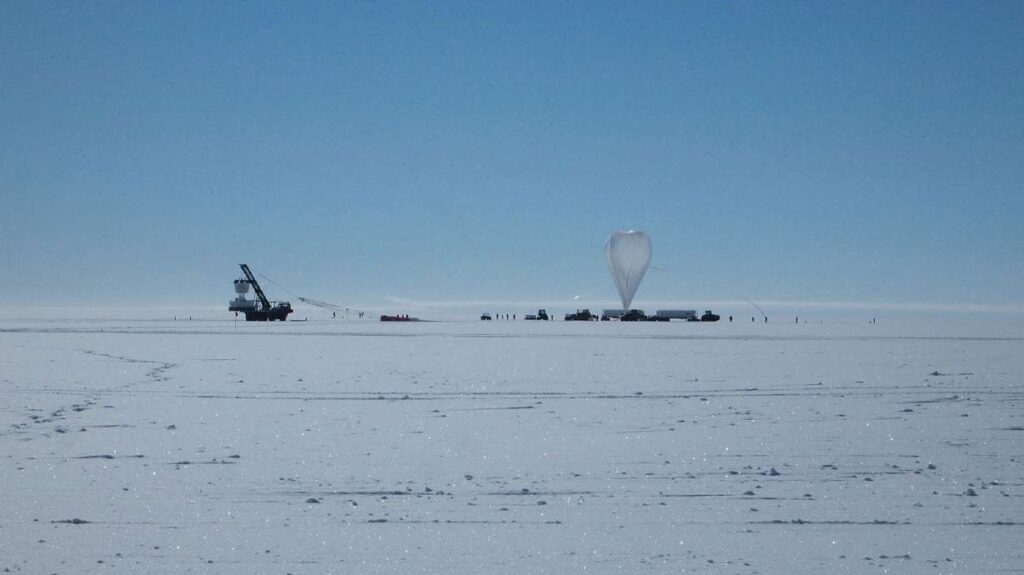Scientists are investigating strange signals detected under Antarctic ice that have puzzled researchers for over a decade. These signals, initially picked up by NASA’s ANITA experiment, might be linked to high-energy neutrinos, which are elusive cosmic particles. The signals appear to originate from below the horizon, suggesting they traveled through thousands of miles of rock, which they shouldn’t have been able to do without being absorbed.
Follow-up studies by the Pierre Auger Observatory didn’t replicate these findings, indicating that the origin of the signals remains a mystery. Stephanie Wissel, a co-author of the study, noted that this suggests more information is needed rather than revealing unknown physics. Larger detectors could help clarify the situation.
Neutrinos, which are associated with cosmic rays, are crucial for understanding cosmic phenomena. Despite their ghostly nature and difficulty in detection, they interact with ice and water, allowing researchers like Justin Vandenbrooke to search for them using instruments like ANITA. During its operations, ANITA detected unexpected particles, raising questions about the behavior of neutrinos.
The Pierre Auger Collaboration, made up of a global team of scientists, analyzed data for over a decade but couldn’t confirm ANITA’s anomalous signals. Their hybrid detection methods rely on observing interactions with water and ultraviolet light from high-energy particles in the atmosphere. The continued study aims to shed light on these intriguing phenomena.
Source link


